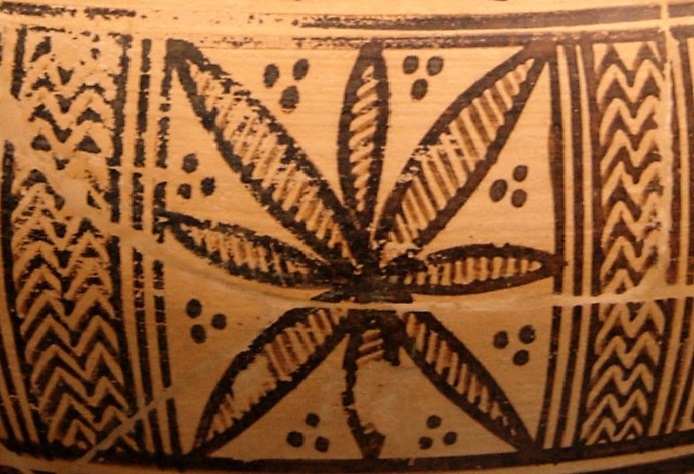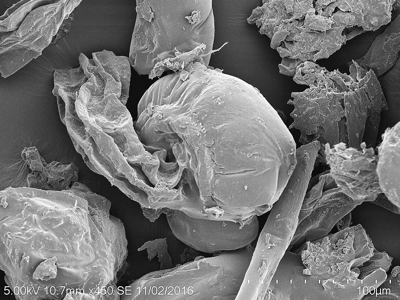
This illustration of a cannabis sativa plant appears in an 11th century CE manuscript. The text is attributed to the 4th century CE Roman medical writer Pseudo-Apuleius and is called The Herbarium. It contains medical recipes for treating illnesses. The recipes are organized around the main plant used for each prescription. Cannabis is introduced here. The Latin manuscript translates: "Wild cannabis grows in the wilderness, along the roads, and in ditches." The section has two recipes, one for breast pain and the other for fever with chills. For breast pain wild cannabis is first ground up, mixed with animal fat, and applied to the chest. The second recipe asks that the cannabis fruit be ground up with nettle and mixed with sour wine. The entry in this particular manuscript ends with an interesting remark: miraberis effectum bonum "you will be surprised at its good effect."
Read more about the book.
Image Copyright by Oxford, Bodleian Library 2017, All Rights Reserved.

